
Patients who use educational resources, such as the Depression Center Toolkit, are much more likely to become an active and engaged participant in managing his or her own health.

Patients who use educational resources, such as the Depression Center Toolkit, are much more likely to become an active and engaged participant in managing his or her own health.

Blue spectrum light can worsen two systems that are already fragile in people with mood disorders: sleep and circadian rhythms. Fortunately, there are simple solutions to correct this problem.

A brief discussion of dose increase versus unchanged continuation of antidepressants after initial treatment failure in patients with depression.

A review of glucose and lipid-related biomarkers and the antidepressant response to infliximab in patients with treatment-resistant depression.

Results from these studies yield important clinical implications to improve treatment and prognosis for patients with major depression.

One of the biggest challenges in treating depression is the ability to select the best treatment for a particular individual from among the many available options.

Newly released evidence represents the most comprehensive currently available information about the initial choice of antidepressant treatment for acute depression in adults.
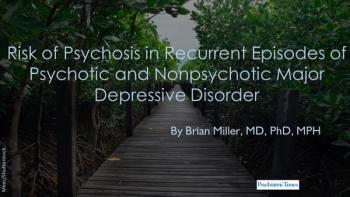
New findings raise the question of the optimal treatment for prevention of future psychotic depressive episodes.
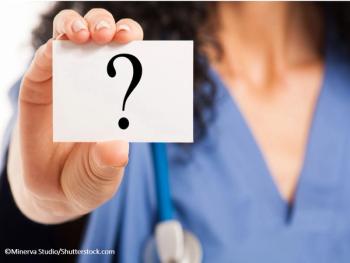
Besides being sad, patients who are depressed often feel disgruntled, resentful, or irritable. Such emotions can lead to violence in people who are predisposed to such behavior. Consider the questions in this quiz.
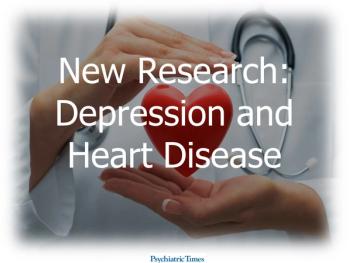
New research brings us closer to learning about the associations between psychological states, quality of life, and cardiovascular health.

How can psychiatrists help patients address the negative effects of poverty on their mental health? Take the quiz and test your knowledge.
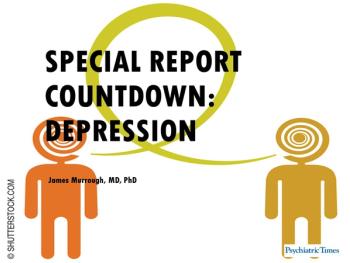
This special collection provides new insights on major aspects of depression: psychopharmacology, therapeutic interventions, major depressive episodes, biomarkers, and pseudobulbar affect.

Recent findings suggest that the magnitude of efficacy for most antidepressants compared with placebo may be more modest than previously thought.
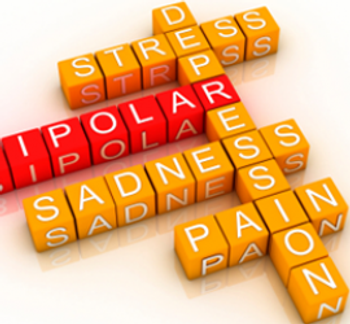
Since the choice of treatments for a primary bipolar I disorder major depressive episode versus a unipolar major depressive episode are significantly different, this information will help guide clinicians in how to proceed.

The most challenging aspect of pseudobulbar affect is differentiating it from depression. Episodes of uncontrollable, sudden, and even inappropriate emotions may point to neurologic or psychiatric conditions.
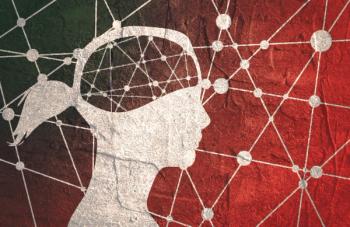
Despite the scope and magnitude of rising rates of depression and suicide, the field of psychiatry may be witnessing a turning point.

In considering how best to disseminate the many psychotherapeutic techniques to practicing clinicians, the author reviews findings and changes to guidelines on depression treatments.

The use of biomarkers to assist with optimizing treatment decisions for depression has been receiving increasing attention. Here is an overview of the challenges and barriers that must be overcome before therapeutic markers can effectively be utilized in practice.
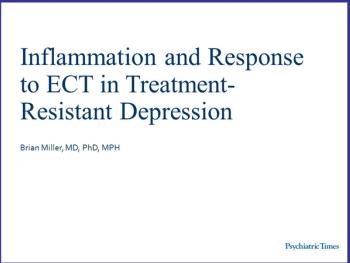
ECT is a highly effective treatment for depression, but a portion of patients fail to respond as hoped. Clinical variables have overall limited utility as a predictor of response. Is inflammation the key?

A gentle reminder to patients of all ages to “get moving” may go a long way in decreasing the risk of future depression.
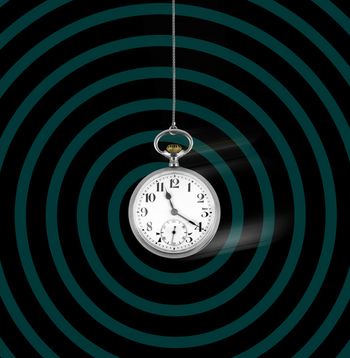
The thorny issue of “end-of-life care” is likely to remain controversial in the US, with physicians themselves holding a wide variety of views.

A multi-level, prevention-oriented approach that addresses poverty.
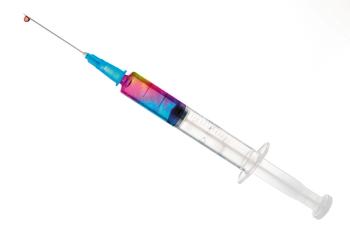
An exploration of findings from contemporary research that hint at the unexplored hallucinogenic potential of ketamine and considerations for future investigation.

In the final part of our discussion with Janae Sharp, Janae further discusses the loss of her physician husband to suicide and how best to support others through grief.
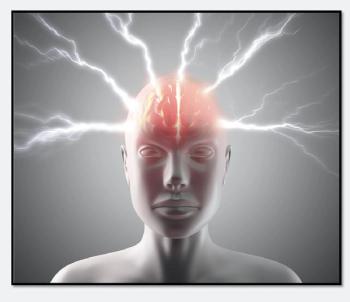
The studies reviewed in this article provide a new model for clinical practice-one where the treatment of depressed patients is not governed by trial and error, but rather where patients can access new interventions sooner.